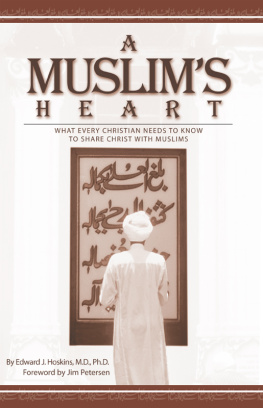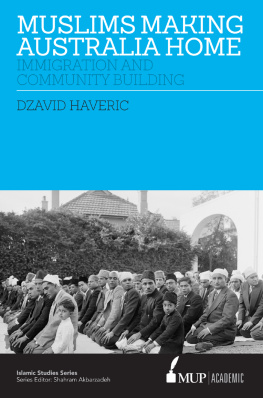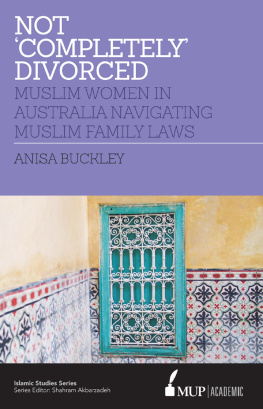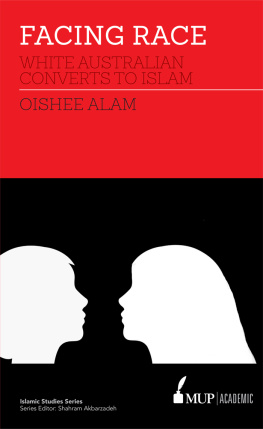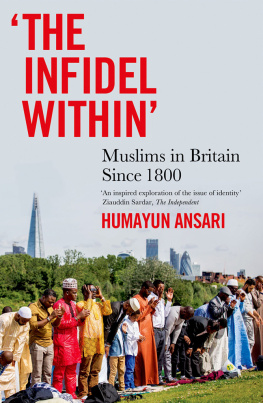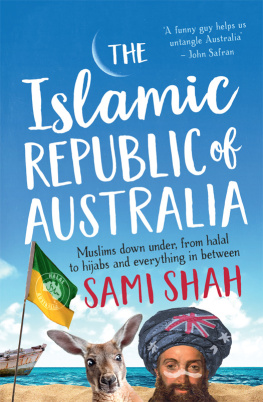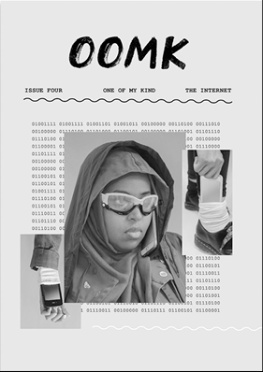Muslims in Australia
Muslims have lived in Australia for over 140 years. When and why did this religious group become a threat to Australia's national security? Is this perception new or did it exist from earliest Muslim settlement, and how does it affect their self-image and relationship with the wider community?
In Muslims in Australia, Nahid Kabir seeks to understand the basis of mainstream Australians' fear by tracing Muslim history since the Afghan settlement in 1860. In social, economic and political contexts, the author compares Muslim experience with that of other racial and religious minorities in Australia. In the Colonial and White Australia periods, she evaluates their position with that of the Aborigines, Chinese, Japanese, Irish and Germans. In the Multicultural period, Muslims are compared with the Buddhists and Vietnamese people to present a comprehensive picture of Australian race relations history. She explores whether race or religion has kept these people underprivileged in the past and if these factors are still operative in a period when discrimination on the basis of race, colour, culture or religion has been officially declared unacceptable.
As stereotypes often do prevail, regardless of policy, the author investigates how events such as September 11 and Bali terrorist attacks reinforce suspicion and fear. This book gives an insight into what it means to be a Muslim in contemporary Australia, and how and why the actions of militant Islamic groups have impacted upon Muslims in general in Western society.
Nahid Afrose Kabir is an Honorary Research Fellow in the School of Social and Cultural Studies at the University of Western Australia. She holds a PhD in History and an MA in Historical Studies from the University of Queensland, Australia. She also holds an MA in History from the University of Dhaka, Bangladesh. Her research interests include Australian immigration, race relations and cultural history, media and society, Islam and politics.
www.Routledge.com
Studies in Anthropology
Economy and Society
~
Behind the Teak Curtain
Ardeth Maung Thawnghmung
Genomics in Asia
Margaret Sleeboom
Heterarchy and Domination
in Highland Jambi
Heinzpeter Znoj
Muslims in Australia
Nahid Kabir
Muslims in Australia
Immigration, Race Relations and Cultural History
NAHID AFROSE KABIR
First published in 2005 by
Kegan Paul International
This edition first published in 2010 by
Routledge
2 Park Square, Milton Park, Abingdon, Oxon, OX14 4RN
Simultaneously published in the USA and Canada
by Routledge
270 Madison Avenue, New York, NY 10016
Routledge is an imprint of the Taylor & Francis Group, an informa business
Nahid Kabir 2005
Transferred to Digital Printing 2010
All rights reserved. No part of this book may be reprinted or
reproduced or utilised in any form or by any electronic, mechanical, or other means, now
known or hereafter invented, including photocopying and recording, or in
any information storage or retrieval system, without permission in writing
from the publishers.
British Library Cataloguing in Publication Data
A catalogue record for this book is available from the British Library
ISBN 10: 0-7103-1108-7 (hbk)
ISBN 13: 978-0-7103-1108-5 (hbk)
Publisher's Note
The publisher has gone to great lengths to ensure the quality of this reprint
but points out that some imperfections in the original copies may be
apparent. The publisher has made every effort to contact original copyright
holders and would welcome correspondence from those they have been
unable to trace.
In memory of my father, Nurul Matin (1928-1978)
Acknowledgements
For the information contained in this book, I am indebted to the members of the Muslim and wider community who most generously agreed to be interviewed and provided me with their perceptions and experiences of Muslim settlement in Australia. (Their hospitality also deserves a special mention here). I also thank Mr Bilal Cleland, former Secretary of the Islamic Council of Victoria, and Mr Ali Roude, Chairman of the Islamic Council of New South Wales, for providing me with useful printed materials. My grateful thanks go to the Australian Federation of Islamic Council, the Islamic Women's Association and Independent Islamic Sisterhood in Brisbane; the Lebanese Muslim Association in Lakemba, Sydney; the Turkish community in Melbourne; and imams of various mosques in Brisbane and Melbourne for their support. Thanks are also due to various archivists and librarians throughout Australia for promptly providing me with requested items. The Broken Hill City Library, John Oxley Library and the State Library of New South Wales deserve a special mention in this context. Many thanks to the Australian Bureau of Statistics for a number of fruitful discussions and Agence France-Presse for providing me some powerful images.
I extend my sincere thanks to Professor Sarva Daman Singh, for suggesting that this topic needed to be explored. My sincere thanks must also go to Dr Clive Moore, Dr Raymond Evans and Dr Martin Stuart-Fox for their comments on earlier drafts and for their constant availability for assistance and advice. Thanks are also due to Professor James Jupp and Professor Andrew Markus for their constructive comments on this project. Thanks to Dr Barry York and Dr Kevin Dunn for providing me with published works relevant to this topic. I am grateful to Dr Mary Kooyman, Ms Hazel Davidson, Ms Barbara Bowden, Dr Ahmed Sbhoul and Dr Mohammad Alauddin for their positive remarks on this work. Many thanks to Mr Alan Moir, Mr Peter Nicholson and Mr Gary Morgan who have most graciously extended their support. Thanks to Michael Harris for helping me in reproducing the images for this book.
I extend my warm appreciation for the constant support of my family, especially my mother, Ms Dil Afrose Matin, who came several times from Bangladesh to relieve me of domestic matters. My husband, Dr Mohammad Ismat Kabir and our three sons, Sakhawat, Naoshad and Mahtab deserve a special mention in this context for their tremendous support and patience. Finally, this study was undertaken when I was a doctoral student in the School of History, Philosophy, Religion and Classics at the University of Queensland. I express my sincere gratitude to the University of Queensland, Australia for its support.
Table of Contents
List of Tables
: Afghans in Australia, 19111966
: Departure of the Afghans, 19051946
: Possible Natural Decrease of the Afghans, 19111933
: Turkish-born Population in Australia, 19111947
: Rise of the Muslim Population, 1940s1990s
: Muslims in Australia, 1986
: Muslims and Total Australian Population,
by Qualification 1986 (% of Labour Force)
: New South Wales Suburban Population by Religion,
1991
: Population by Religion, by State of Australia, 1991
: Muslim Population in Western and Southern Sydney, 1991
: Muslim Population in Western and Northern Melbourne
: Rise of Muslim Population, 19912001
: Australians' Views of Muslims in Percentage, October
1998
: Should Australia Accept the Refugees?
: Muslims and Dominant Groups by Qualification, 1996


